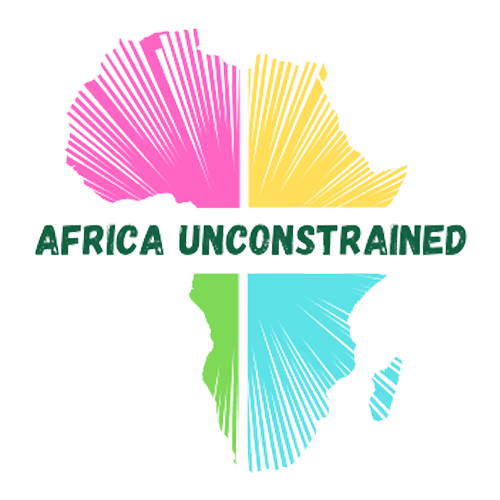
数据










尼日利亚的债务水平在1970年至2018年期间大幅波动,公共债务与GDP的比率从1970年的16.41%增加到1993年的193.67%,并在2018年回落至17.5%。 1986年至1995年间的GDP比率平均每年为140.37%,这是由于1970年代后期的全球石油危机以及国际市场上持续的油价下跌所致。此外,在第二个国家发展计划(1970-1974年)和第三个国家发展计划(1975-1980年)下,1970年代和1980年代期间借入的主要用于发展基础设施的外部贷款利率也有所上升。石油价格的下跌使得该国需要借更多的钱来支持偿还债务,在此期间,随着时间的流逝,债务会增加。但是,在2000-2018年间,中国很少给予尼日利亚减免债务的义务,这并未包括在重债穷国倡议中。
2.7%
经济增长
7.8 / 8
DR的债务透明度指数
36.9%
Gross Debt Position % Of GDP
-5%
Budget balance 2021
尼日利亚
债务与国内生产总值之比
Nigeria established a Debt Management Office (DMO) in 2000 to centrally coordinate the management of the country’s debt. Since then, with a new debt management strategy, Nigeria’s public debt to GDP ratio has been relatively low compared to other African countries, at an average of 11.8% per year between 2005-2018. Notably, in 2006, Nigeria’s public debt was at a the record low at 7.71% of its GDP. Nigeria with the involvement of the World Bank and the IMF, developed a Medium-Term Debt Management Strategy 2012-2015 which included macroeconomic assumptions, the sources of financing, and pricing assumptions. The country in 2016 introduced a new three-year Debt Management Strategy. In 2019, a further strategy covering the period of 2020-2023 was drafted focusing on topics including borrowing strategies, reducing debt service cost, moderating debt-related risks, and ensuring debt sustainability. This reflects a wider trend in Nigeria’s attempts to make all data surrounding sovereign debt available to public scrutiny. Nigeria scored the third highest score in DR’s Debt Transparency Index, only behind that of Kenya and Ghana.
However, prior to the pandemic, the fall of oil prices has created challenges in revenue mobilization. Nigeria has experienced an increasing fiscal deficit since 2013: the fiscal deficit accounted for 2.3% of GDP in 2013 but grew to 5.4% of GDP in 2017.
Nevertheless, Nigeria scored the highest in the Debt Transparency Index amongst the analyzed countries with a comprehensive range of debt data including debt profile, Debt Management Office annual reports and its own debt sustainability analysis. Nigeria also produces a publicly available debt management strategy and is a signatory to the Open Government Partnership, allowing public access to government statistic and data.
尼日利亚
收入与预算余额

No Data Found

Nigeria has a relatively small proportion of Chinese debt in its financing portfolio. According to Nigeria’s DMO, as of March 31, 2020, the total borrowing from China was US$3.121 billion, accounting for 3.94% of the country’s total public debt.
Official multilateral organizations are Nigeria’s largest creditors, followed by private sector creditors. China is Nigeria’s biggest official bilateral creditor. The total borrowed from China in 2019 amounted to 3% of its total official bilateral debt payment but accounted for 11% of its total debt payment. There are currently 11 active projects financed by China, mostly focusing on transport and power sectors, listed on its DMO website. For example, China lent US$460.82 million in 2018 for Abuja – Keffi – Markuidi Road rehabilitation and upgrade.
中国债务与GDP之比
对中国的外债存量vs. 对其他国家 百万美元
No Data Found
Nigeria does not have a high level of external debt, and in any case the IMF does not assess Nigeria’s debt sustainability as it is classified as a middle-income country. The Jubilee Debt Campaign doesn’t identify any risk concerning Nigeria’s debt levels. However, concerns about the country’s vulnerability emanate from elsewhere.
In particular, Nigeria’s economy heavily depends on the oil and petroleum industry, accounting for almost 80% of GDP and more than 90% of total exports. Due to the oil price collapse in 2014-2016, the economic growth rate dropped to 2.7% in 2015 and continuously shrunk in 2016 with a negative 1.6%, compared to an average of 7.4% over the period of 2000-2015. The forecast economic growth slowed further since then, with an average of 1.63% between 2016 and 2019. The 2019/2020 collapse of oil prices have contributed further to the challenge the country in terms of fiscal space.
However, in terms of its credit worthiness, Fitch’s credit rating for Nigeria was reported at B with a stable outlook, but it is below investment grade and highly speculative but suggests an ability to meet current financial commitments assuming no major economic shocks. Its credit rating is one of the lowest amongst the select countries in this guide, which implies significant financing constraints going forwards.
外债
No Data Found

No Data Found
Acknowledgements:
and The Development Reimagined Team
Statement on use of data:
55%
Listening Music
47%
Reading
36%
Gardening
25%
Sleeping


60%
Watching Tv
19%
Meditation




COVID-19
No Data Found


